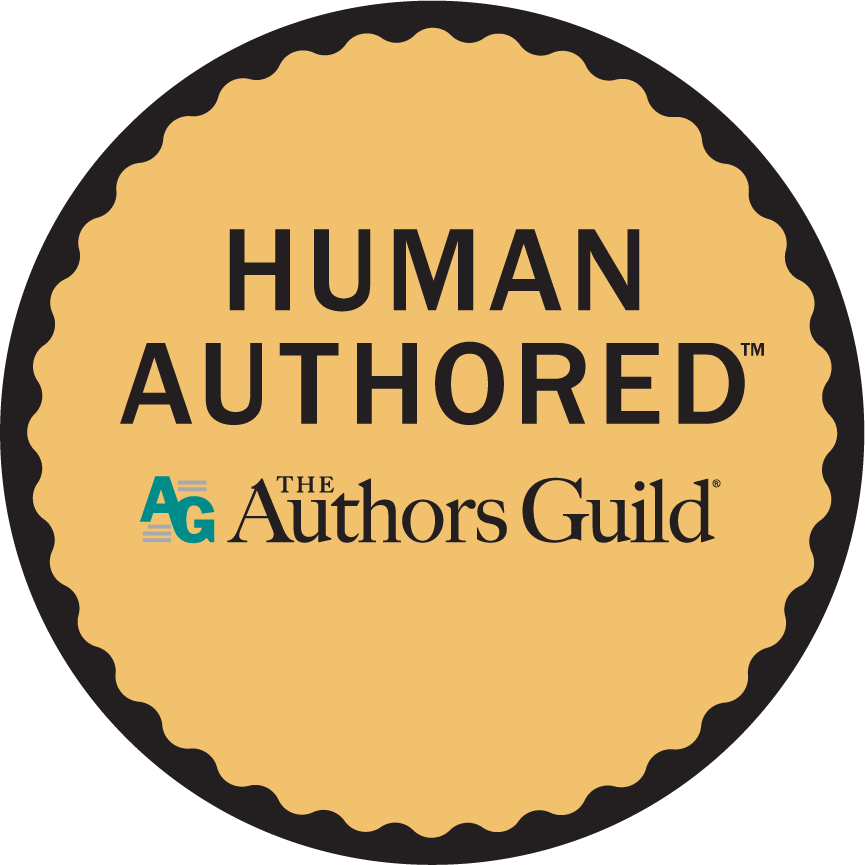About
A Navy veteran, residing in Kensington, Maryland, Phil Padgett is working on a sequel to his first book, "Advocating OVERLORD: The D-Day Strategy and the Atomic Bomb." Phil examines history by applying skills developed during 40 years of analytical support to national security deliberations and international negotiations. From Washington, he supported teams negotiating five international treaties and agreements. His analyses of the East-West military balance, nuclear doctrine, deterrence, and arms control compliance monitoring were used by senior leaders for insight into emerging concerns and to find links between national policy needs and solutions vested in new technologies. From 2001 to 2011, Phil’s endeavors expanded to homeland security. He helped to develop and conduct national counterterrorism exercises and create all-hazard national preparedness plans and guidance. On retiring, Phil served in FEMA’s Reserve Corps including deployments that put him on the ground in natural disasters such as Super Storm Sandy. Phil received his Bachelor of Arts and Master of Management Science degrees from University of Maryland University College.
Featured Work
Advocating Overlord: The D-Day Strategy and the Atomic Bomb

“Well there it is. It won’t work, but you must bloody well make it,” said the chief of Britain’s military leaders when he ordered the planning for what became known as Operation Overlord. While many view D-Day as one of the most successful operations of World War II, most aren’t aware of the intensive year of planning and political tensions between the Allies that preceded the amphibious military landing on June 6, 1944. This intriguing history reveals how President Franklin D. Roosevelt, while on a fishing trip in the middle of World War II, altered his attitude toward Winston Churchill and became an advocate for Operation Overlord.
Philip Padgett challenges the known narrative of this watershed moment in history and illuminates the diplomatic link between Normandy and the atomic bomb. He shows how the Allies came to agree on a liberation strategy that began with D-Day—and the difficult forging of British and American scientific cooperation that produced the atomic bomb. At its core, this story is about how a new generation of leaders found the courage to step beyond national biases in a truly allied endeavor to carry out one of history’s most successful military operations.


